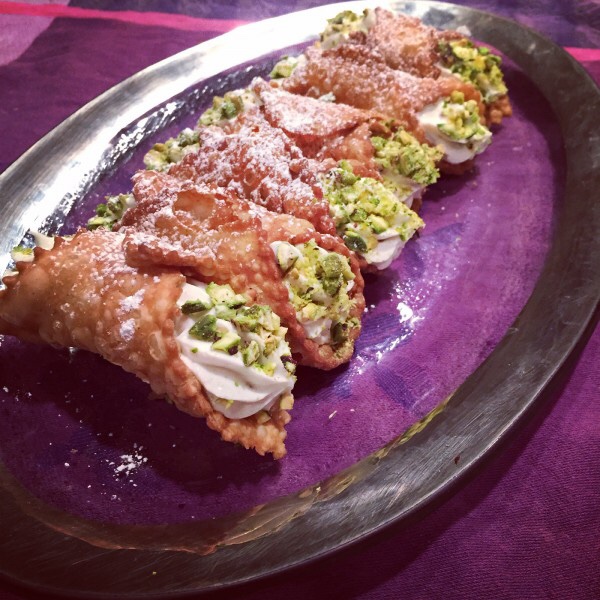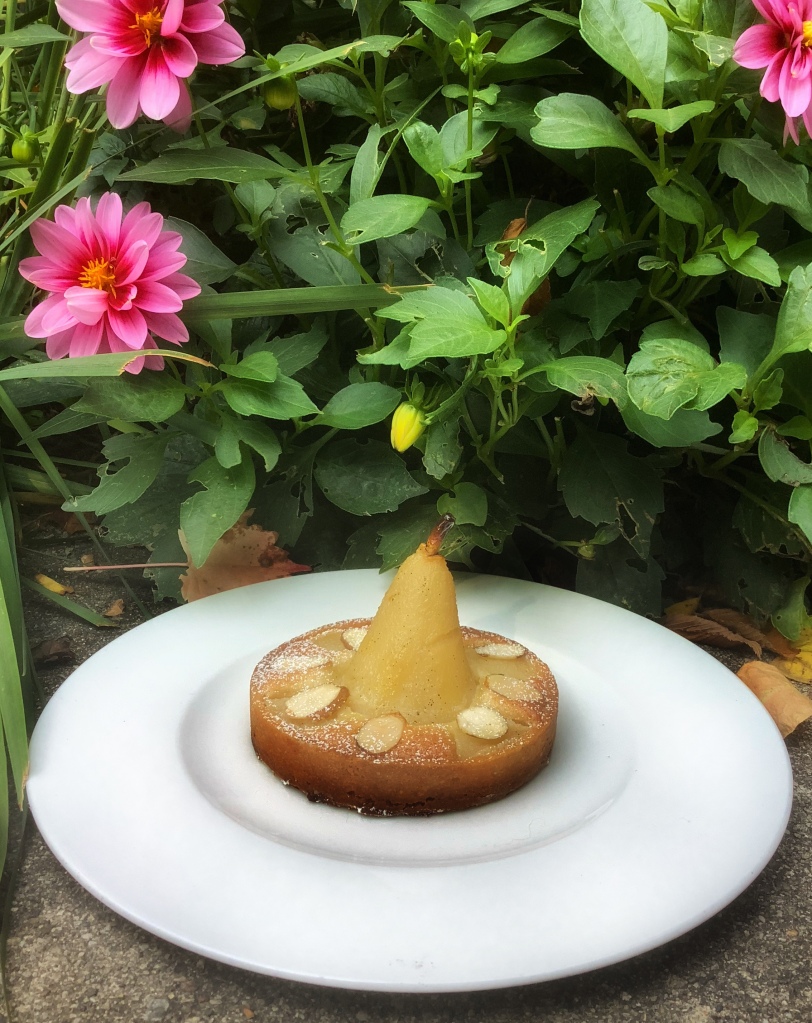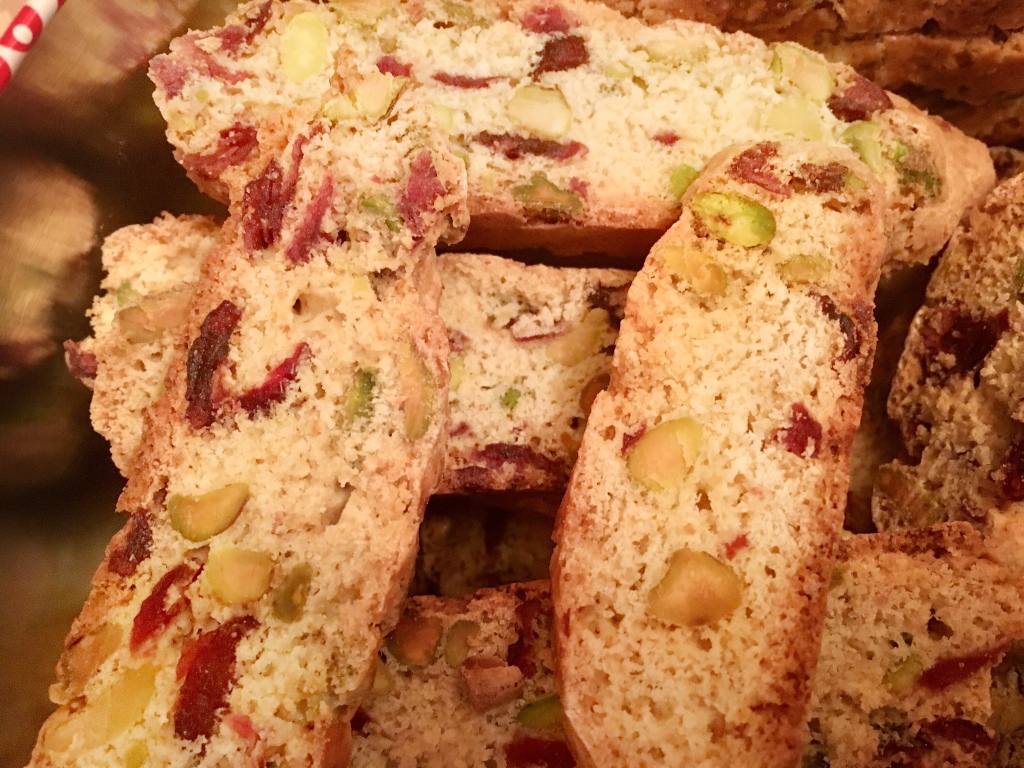
The only other cannoli I’ve had that rivals my grandmother Natalie’s was from a now extinct pastry shop in Chicago called La Pasticeria Natalina, which was owned by a talented young pastry chef called Natalie Zazour. Interesting that the two Natalies made the best cannoli I’ve had in this country. Daniel and I are going to Sicily this fall to celebrate his graduation from college so I’ll keep you posted about the cannoli in Sicily. Zazour’s cannoli were different than mine, made with imported sheeps milk Ricotta, dark chocolate chips and a strip of candied orange. They were lovely and I’ve tried them with my family but I always return to Grandma Nat’s, at their insistence.
The first key to good cannoli is to fill them to order, So, if you see pre filled cannoli in the refrigerator case at a bakery, walk away.
The second key to good cannoli is the shell, which must be light and crisp in order to contrast with the creamy filling. That is why you can’t pre fill them. Every minute they sit in the refrigerator they soften from the moisture of the filling and the inherent moisture in the refrigerated case in a shop or your refrigerator at home. You can fill them really fast with a pastry bag, so it barely saves time if you pre fill them and stick them in the fridge. And no, don’t fill and freeze them. Just don’t.
The third key to a good cannoli is a filling that is light and creamy and has the unique taste particular to ricotta. Whether you use sheep’s milk ricotta or cows milk, make sure it’s whole milk and it’s creamy. I like Leoni or BeGioioso. If it’s grainy, you’ll never be able to eliminate that grainy texture even if you work it through a fine mesh sieve or tami. If you live in or around New Jersey, I would recommend trying sheep’s milk ricotta. You can order imported sheep’s milk Ricotta from Pastacheese.com. When you shop for ricotta insist on tasting it. It should be smooth and creamy, tasting of fresh milk. My grandmother has a technique for lightening the ricotta that I’ve never seen elsewhere: she makes a biancomangiare, which is cornstarch pudding, with whole milk. It lightens the filling without adding richness or a competing flavor. I love mascarpone and I know those who use it for cannoli but in my opinion, it’s too rich and its flavor overpowers the ricotta. Some use whipped cream. It’s not traditional and not very stable and once again, you want your filling to taste like fresh milk, not cream. It would be worth trying to mix Italian Meringue into the ricotta instead of the biancomangiare. You’d have to reduce or eliminate the powdered sugar but the Italian Meringue might lighten the ricotta without affecting the flavor and might be as stable as the biancomangiare. I don’t know how it would affect the texture. However, for the home cook, the biancomangiare will be easier, and my family has forbidden me from altering the recipe. So, if you try Italian meringue let me know!
This recipe makes about 40 shells. Grandma Nat used to keep them in a shoe box on the top landing of her two flat. The staircase to her apartment wasn’t heated so the shells kept well in the dry chill of that space. Hers lasted about 6 months.
So, I offer you Grandma Nat’s cannoli and I hope you enjoy them as much as we do
Read More








 Yuzu Curd Tart with Fresh Fruit and Flowering Mint
Yuzu Curd Tart with Fresh Fruit and Flowering Mint cranberry-pomegranate tart
cranberry-pomegranate tart


 Daniel is in a cook off with another boy in another fraternity, to raise money for charity. They are allowed a hot plate, a grill and a sous vide, since they both have one. I have to chuckle here as it’s not the customary possession of a college boy and yet, Daniel found possibly the one other boy in this huge University that owned one as well.
Daniel is in a cook off with another boy in another fraternity, to raise money for charity. They are allowed a hot plate, a grill and a sous vide, since they both have one. I have to chuckle here as it’s not the customary possession of a college boy and yet, Daniel found possibly the one other boy in this huge University that owned one as well.